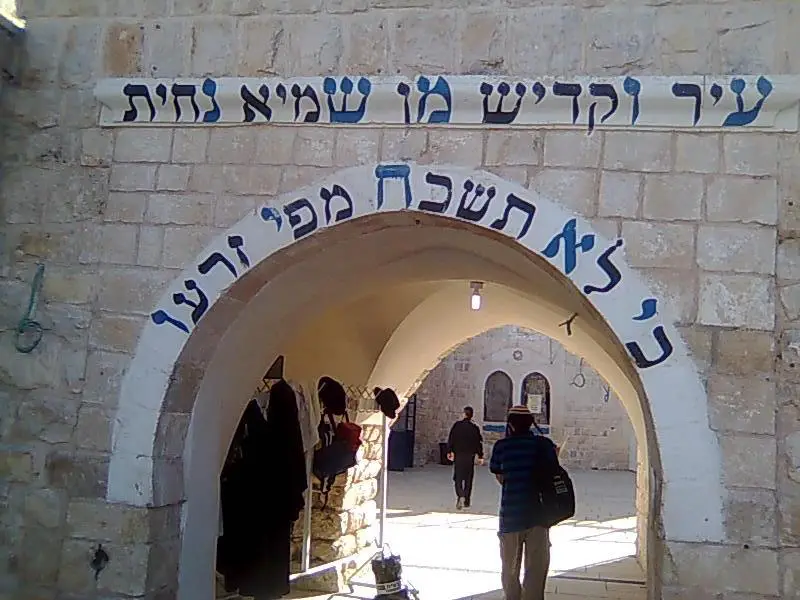Jewish Holidays: Lag b'Omer & the Counting of the Omer

Entrance to the tomb of Rabbi Shimon bar Yochai and his son, Rabbi Eleazar
According to the Torah (Lev. 23:15), the Jewish people are obligated to count the days from the second night of Passover to the day before Shavu’ot - a total of exactly seven full weeks or 49 days. This period is known as the Omer, in reference to the biblical omer which meant a unit of measure. On the second day of Passover, in the days of the Temple, an omer of barley was cut down and brought to the Temple as an offering.
The counting is intended to remind us of the link between Passover, which commemorates the Exodus, and Shavu’ot, which commemorates the giving of the Torah. It reminds us that the redemption from slavery was not complete until we received the Torah. Therefore, every night, from the second night of Passover to the night before Shavu’ot, Jews recite a blessing and state the omer count, in both weeks and days. For example, on the 16th day one would say, “Today is sixteen days - which is two weeks and two days - of the Omer.”
The Omer period is also a time of partial mourning in memory of a plague that killed dozens of Jewish scholars during the lifetime of Rabbi Akiba. As such, Jewish tradition prohibits weddings, parties, live music, dancing, and haircuts.
The 33rd day of the Omer (the eighteenth of Iyar) is a minor holiday commemorating a break in the plague. Today it is known as Lag B’Omer - the word “Lag” is not really a word at all; it is the number 33 in Hebrew, as if you were to call the Fourth of July “IV July” (IV being 4 in Roman numerals). The mourning practices of the omer period are lifted on that date.
In modern Israel, Lag B’Omer has been reinterpreted to commemorate the Bar Kokhba revolt against the Romans, leading to customs that include having large dinner celebrations and lighting bonfires. In Sephardic tradition, Lag B’Omer is also the hillula, or anniversary of death, of the great sage Rabbi Shimon Bar Yochai. In celebration of his life, every year thousands of Jews ascend Mount Meron outside the city of Safed to “eat, drink, and be merry.” It is customary to throw locks of hair in bonfires as well.
See upcoming dates for the holiday.
Sources: Judaism 101.
Wikipedia.
Photo: איתי פרץ, via Wikimedia Commons


